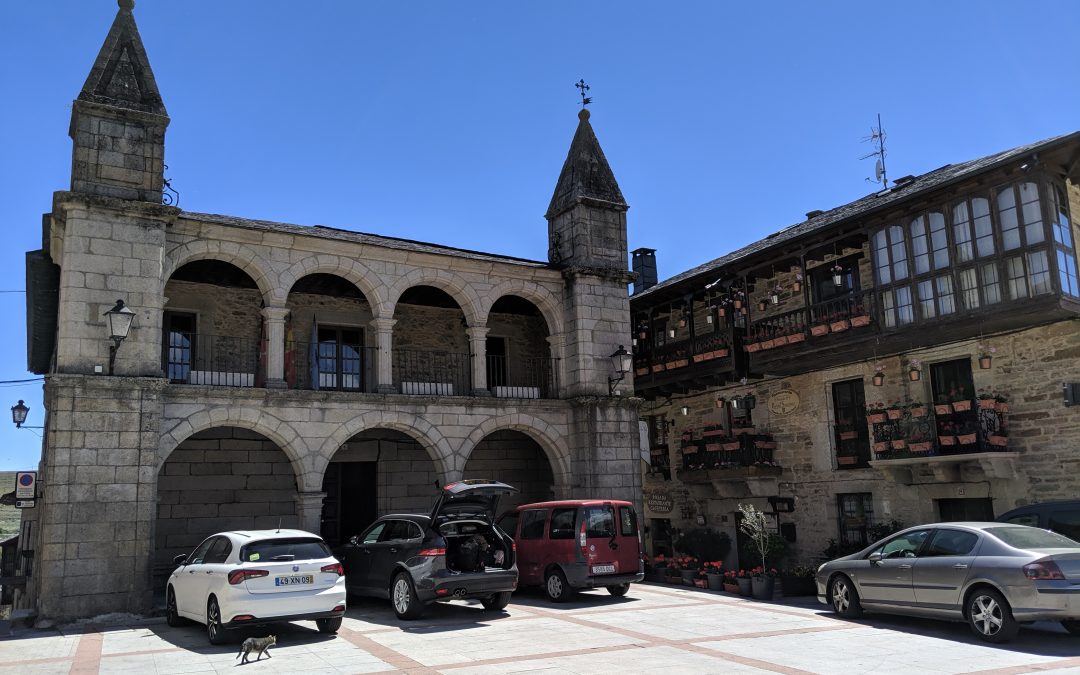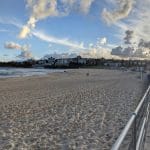Three days before our 24-hour ferry journey to Santander Brittany Ferries wrote to advise us that, due to rudder problems requiring our ship to go into dry dock for repair, our booking was cancelled, sorry and all that. Luckily, Paula managed to book the last cabin on their 12-hour overnight ferry to St Malo the day before we were originally due to travel. This new plan meant we faced an additional 1000km drive, through France and northern Spain, passing by Santander, to Portugal. We decided to make the best of it, an additional mini-adventure, the new journey part of our holiday. We started well with a nice dinner in the ship’s restaurant as we cast off at exactly 8pm then had a surprisingly good night’s sleep. 😴 Despite earlier misgivings our en-suite cabin was well ventilated and warm, the beds were comfortable and most importantly, the sea was dead calm. There was even a kettle provided and early-morning tea. We arrived at 8:15am, quickly disembarked onto a fast south-bound road and we were on our way.
The long journey through France was uneventful and uninteresting with flat landscape and fast motorway eating up the kilometers. We drove to the pretty seaside town of Arcachon, near Bordeaux, famous, we learned, for its oysters and pole-grown mussels. We duly tested their specialities in an almost deserted seafront restaurant where the hoards of expected tourists clearly hadn’t yet arrived, no surprise as the weather was unseasonably chilly 🥶 and windy.
Crossing into Spain was as if a light had come on. Almost as we drove over the border the scenery became instantly spectacular, green and beautiful. We were ‘turning right’ to travel across northern Spain and we had briefly entered the Pyrenees national park. We’d never been to this part of Spain before. Like many we had limited our visits to the southern Mediterranean areas and islands but we were very surprised to find how beautiful and hilly this area of Spain was/is. We stayed two nights in the green-coloured area of the Google map of northern Spain, first in a quaintly-named town of Aretxabaleta in the province of Gibuzkoa on the edge of the Aizkorri-Aratz national park. ( 🤪There’ll be a test later. 😉) Our room was in a beautiful chalet-style guest house overlooking a spectacular valley view, pretty-much miles from anywhere.
Retiring to our room across the square we soon learned through our open windows that the medieval church bell next door struck the hour throughout the night not just once, but weirdly, twice. We guessed it’d been doing this for centuries but, over a bleary breakfast, we failed to appreciate the joke.
😱 😘






